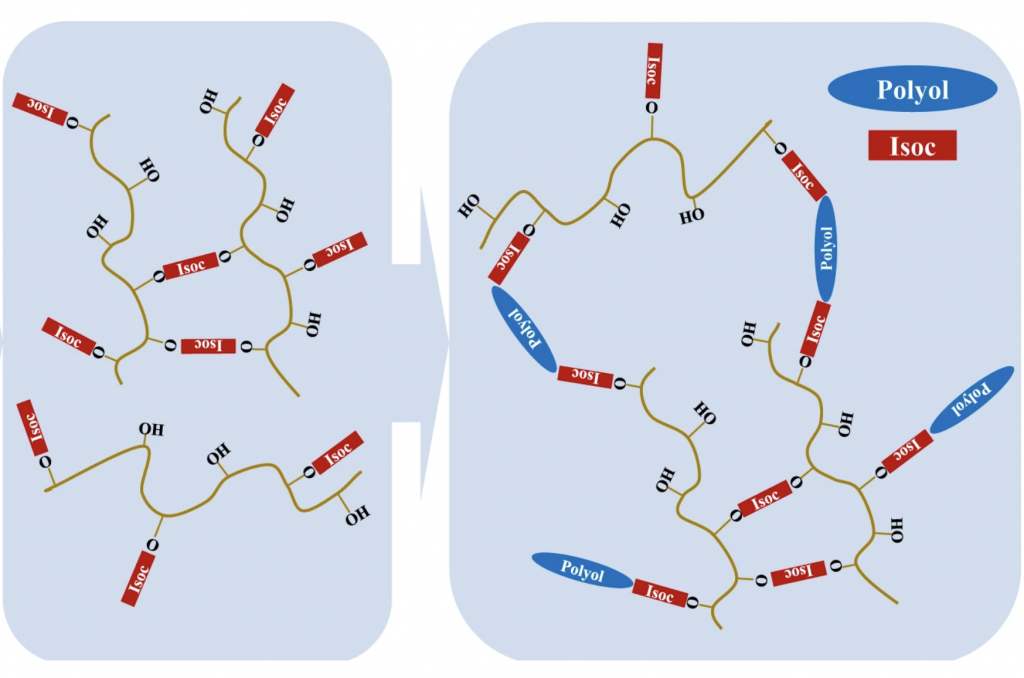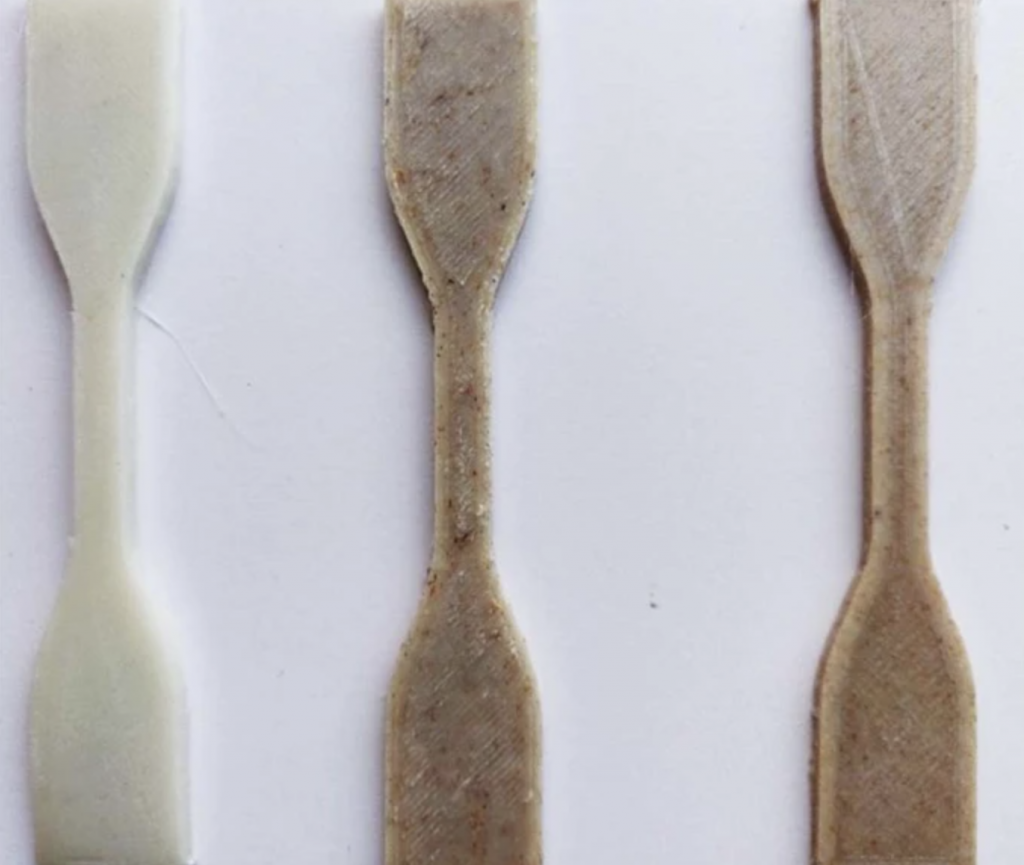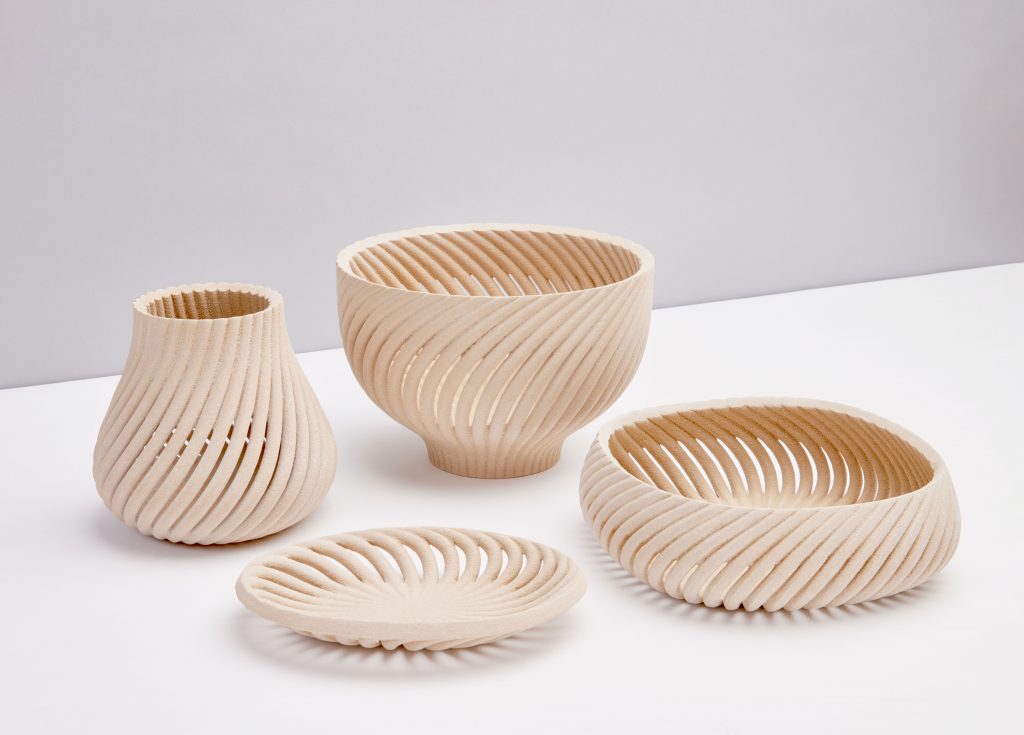The nominations for the 2021 3D Printing Industry Awards are now open. Who do you think should make the shortlists for this year’s show? Have your say now.
Researchers at the Portguese University of Aveiro and Aveiro Institute of Materials have developed a novel means of combining bamboo fibers with ABS, and 3D printing the mixture into parts with “enhanced mechanical properties.”
Using a two-step reaction process, the team have been able to create a brand new bio-composite, in a way that allows them to precisely adjust the hydrophobicity, density and thermal qualities of its bamboo base. Once formulated, the scientists deployed their material to 3D print samples, finding that the process didn’t “disrupt its morphology,” and actually had a “reinforcing effect” on any resulting parts.

Organically-filled filaments
Given the potential cost, mechanical and sustainability benefits of enhancing 3D printing materials like ABS with natural fillers, significant research is now being conducted into how this can be best achieved. In the past, plant-based ingredients like rice, coconut or hemp have been used to create experimental composites, but achieving a good level of filler-to-matrix bonding has previously proven difficult.
For its part, bamboo is now grown in 21 countries making it a plentiful commodity, and it’s often used within local-level construction and to produce household items. However, by their very nature, bamboo fibers are hydrophilic while polymer matrices are hydrophobic, thus several chemical steps are required to allow their integration into 3D printable materials.
In previous studies, researchers have demonstrated the efficacy of modifying bamboo fibers to improve their water resistance and mechanical performance, when combining them with polypropylene (PP) to form enhanced resins. Taking inspiration from their predecessors, the Portuguese team have therefore developed a similar approach, albeit treating bamboo to produce an FDM filament instead.

Creating a bamboo bio-composite
To formulate their new bio-composite, the scientists used a diisocyanate to modify bamboo samples, finding that it reduced the hydrophilic nature of their fibers, and enhanced their affinity to polymer matrices. After treatment, the resulting materials were then washed, dried and mixed at a concentration of 5% with ABS, before being extruded into a 3D printable filament.
Prior to deploying their material, the researchers used SEM analysis to assess the impact of their formulation process, and discovered that it had removed any fiber impurities, albeit at the cost of some density. Additionally, compared to filaments made from untreated fibers, the team observed that their modified material “presented a smoother surface,” boosting its potential for end-use application.
In order to test their material’s processability, the team went on to extrude it using an Anycubic Chiron 3D printer, into a set of oar-shaped samples. Interestingly, printing with treated fibers was found to decrease their thermal stability, although the researchers have pointed out that its degradation temperature is above its processing one, thus this didn’t impact on their models’ stability.
Further imaging of the treated fiber specimens also revealed that they possessed an increased Young’s modulus and reduced elongation at the break, reflecting their improved stiffness. Based on these results, the team surmised that their approach proves it possible to not only integrate bamboo into printable polymers, but to tweak them in a way that provides them with potentially-beneficial qualities.
“[Our] results confirm that the processability of the composites wasn’t compromised,” concluded the team in their paper. “The use of treated fillers also decreased the density of the materials without losing their mechanical properties. In fact, the treated fibers enhanced the performance of 3D printed specimens, which proves the advantage of chemical treatment.”
“The results demonstrate that higher-quality, bio-based 3D printed materials can be produced using chemically-modified bamboo fibers.”

An emerging wood-printing trend
As the wider 3D printing industry continues to seek out new eco-friendly alternatives to polymeric filaments, researchers are increasingly pitching wood-based materials as the answer. Just last year, a team at the University of Freiburg combined the organic lignin and cellulose chemicals to create a novel 3D printable biosynthetic polymer.
In a similarly wood-based approach, scientists at the German Federal Institute for Materials Research and Testing, have turned termite and boring insect refuse into a material of their own. By combining powdered wood with the little critters’ feces, the team have managed to produce a circular economy feedstock that’s capable of yielding highly-accurate structures.
On a more commercial level, Desktop Metal also launched its Forust subsidiary in May 2021, a brand which is dedicated to binder jetting wood-based parts. The company’s production process is compatible with upscaled waste byproducts from the wood manufacturing and paper industries, once they’ve been mixed with epoxy to create 3D printable materials.
The researchers’ findings are detailed in their paper titled “Chemically modified bamboo fiber/ABS composites for high-quality additive manufacturing,” which was co-authored by Nuno Gama, Sandra Magina, Artur Ferreira and Ana Barros-Timmons.
The nominations for the 2021 3D Printing Industry Awards are now open. Who do you think should make the shortlists for this year’s show? Have your say now.
To stay up to date with the latest 3D printing news, don’t forget to subscribe to the 3D Printing Industry newsletter or follow us on Twitter or liking our page on Facebook.
For a deeper-dive into additive manufacturing, you can now subscribe to our Youtube channel, featuring discussion, de-briefs and shots of 3D printing in-action.
Are you looking for a job in the additive manufacturing industry? Visit 3D Printing Jobs for a selection of roles in the industry.
Featured image shows SEM and EDX imaging of the scientists’ bamboo fibers before and after chemical modification. Images via the Polymer journal.



